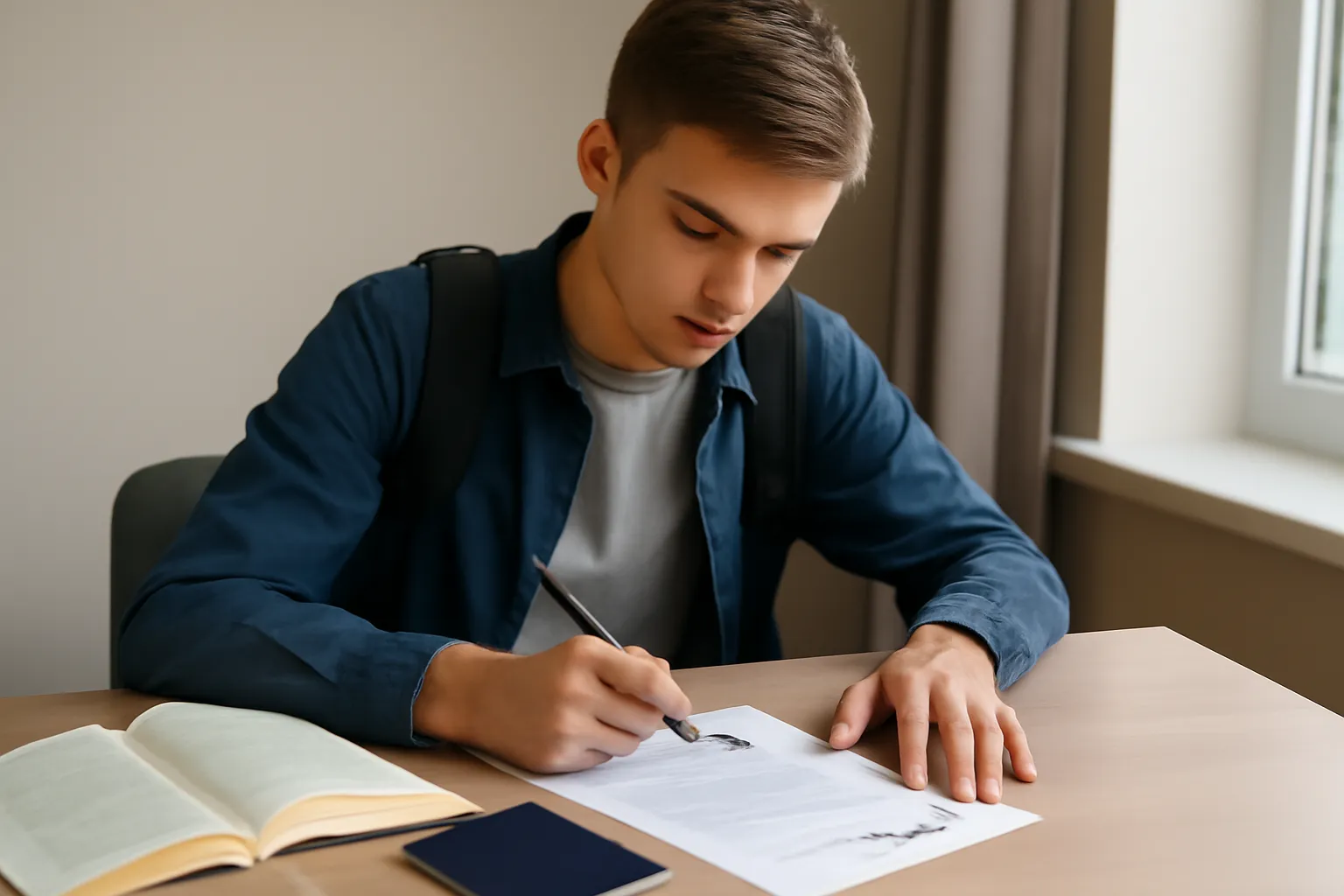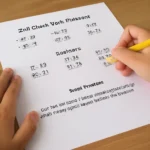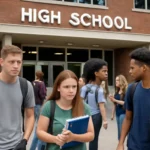Studying abroad is an exciting opportunity that offers high school students the chance to expand their horizons, gain cultural insights, and receive an internationally recognized education. If you’re considering studying in the United States, the process can be overwhelming, but with the right guidance, the experience can be incredibly rewarding. In this article, we’ll guide you through the essential steps for securing a high school student studying abroad visa, applying for US permanent residence, and preparing for the journey ahead.
Are you a high school student planning to study abroad in the United States? Wondering how to apply for a visa, secure US permanent residence, and prepare for the experience? Read on for expert advice and essential steps.
Preparation for Studying Abroad for High School Students
Embarking on an educational journey to study abroad is an exciting step, but preparation is key to ensuring a smooth transition and success during your time overseas. For high school students, this process involves not only academic planning but also understanding the legal and logistical aspects of living and studying abroad.
Choosing the Right School and Program
Before applying for a visa, you must first select the right school and program that aligns with your academic and personal goals. The United States offers a range of high school exchange programs, including public school exchange programs and private high schools. Research and consider the following:
-
Location Will you study in a bustling city or a quieter area?
-
Curriculum Does the school offer the subjects you want to pursue?
-
Cultural Fit Are you comfortable with the local culture, language, and lifestyle?
-
Cost What is the financial commitment for tuition, housing, and other expenses?
Once you’ve made your decision, you’ll need to apply for the school and receive an acceptance letter, which will be a critical document in your visa application process.
Preparing the Necessary Documents
The next step is to prepare all the documents required to apply for your student visa. These documents typically include:
-
Acceptance Letter Official proof that you’ve been accepted to a U.S. school.
-
Financial Proof Evidence of sufficient funds to cover tuition, living expenses, and any additional costs.
-
Passports and Photos A valid passport and passport-sized photographs.
-
Visa Application Complete the necessary forms and schedule an appointment for the U.S. embassy or consulate.
-
English Proficiency Some schools require proof of English proficiency through exams like TOEFL or IELTS.
It’s also crucial to research visa options. For most high school students, the F-1 Visa is the most common route, which allows non-immigrant students to attend an accredited academic institution in the U.S.
Learn More About Studying Abroad
High School Student US Permanent Residence
One of the most complex aspects of studying in the U.S. as a high school student is understanding the path to U.S. permanent residence, also known as a green card. Although it’s not directly tied to student visas, some students may later pursue permanent residence, either to continue their education or settle long-term in the U.S.
Routes to U.S. Permanent Residence
While studying as an international high school student, the most common way to apply for U.S. permanent residence is through family sponsorship or an employer sponsorship (though the latter is rare for high school students). Additionally, students who continue their higher education in the U.S. might qualify for an H-1B visa, a work visa that could eventually lead to permanent residency.
-
Family Sponsorship If a close family member is a U.S. citizen or permanent resident, they may sponsor your application for permanent residency.
-
Diversity Visa Lottery High school students from eligible countries may participate in the annual Diversity Visa Lottery, which grants green cards to a limited number of applicants.
-
Employment-Based Green Card After completing your studies, if you find a job in the U.S., you may be eligible for a work visa that could eventually lead to a green card.
Why Permanent Residency is Important
Permanent residency allows you to live, work, and study in the U.S. without the constraints of a temporary student visa. This status provides greater flexibility, especially if you plan on pursuing higher education in the U.S. long-term or building a career.
Challenges of Applying for a Green Card
The process of obtaining permanent residency is lengthy and can be complicated. It involves paperwork, waiting times, and various legal procedures. It’s advisable to consult with an immigration lawyer or an expert in U.S. visas for guidance to navigate the complex legal landscape.
Understand Permanent Residency Process
High School Student Studying in the United States
Studying in the United States is an exciting opportunity, but it comes with its own set of challenges. From adjusting to a new culture to managing your academic and social life, preparation is crucial to thriving as a high school student in the U.S.
Cultural Adjustment and Adaptation
One of the most significant challenges international students face is cultural adaptation. The U.S. is known for its diverse culture, but adjusting to life in a new country can take time. Here are some strategies to help with the transition:
-
Learn About the Culture Read about American customs, holidays, and social norms to better understand what to expect.
-
Build a Support System Establish relationships with fellow students, teachers, and community members to help ease feelings of homesickness.
-
Get Involved in Activities Join clubs, sports, or extracurricular activities to build connections and improve your English skills.
Academic Expectations and Support
The U.S. education system may differ from what you’re accustomed to in your home country. High school students in the U.S. are expected to be more independent and responsible for their learning. Some tips for success:
-
Stay Organized Keep track of assignments, deadlines, and exams.
-
Seek Help When Needed U.S. schools offer resources like tutoring and counseling to help students adjust academically.
-
Engage Actively in Class Participate in discussions, ask questions, and develop a relationship with your teachers.
Visa Compliance and Staying Legal
Lastly, it’s essential to comply with the conditions of your student visa. This includes maintaining full-time student status, adhering to work restrictions, and reporting any changes to your status to the U.S. authorities. Staying on top of your visa responsibilities is crucial for avoiding any complications during your time in the U.S.
Discover Tips for Studying in the U.S.
Conclusion
Studying abroad in the U.S. is a rewarding experience that can shape your future in significant ways. Whether you’re applying for a student visa, considering permanent residency, or preparing for life in a new country, the key to success is careful planning and staying informed. Remember that preparation is more than just paperwork—it’s about embracing new experiences and challenges while staying focused on your long-term goals.
As the famous philosopher Aristotle once said, “The more you know, the more you realize you don’t know.” Keep learning, stay curious, and let your journey as an international student in the U.S. be an enriching and transformative experience.






